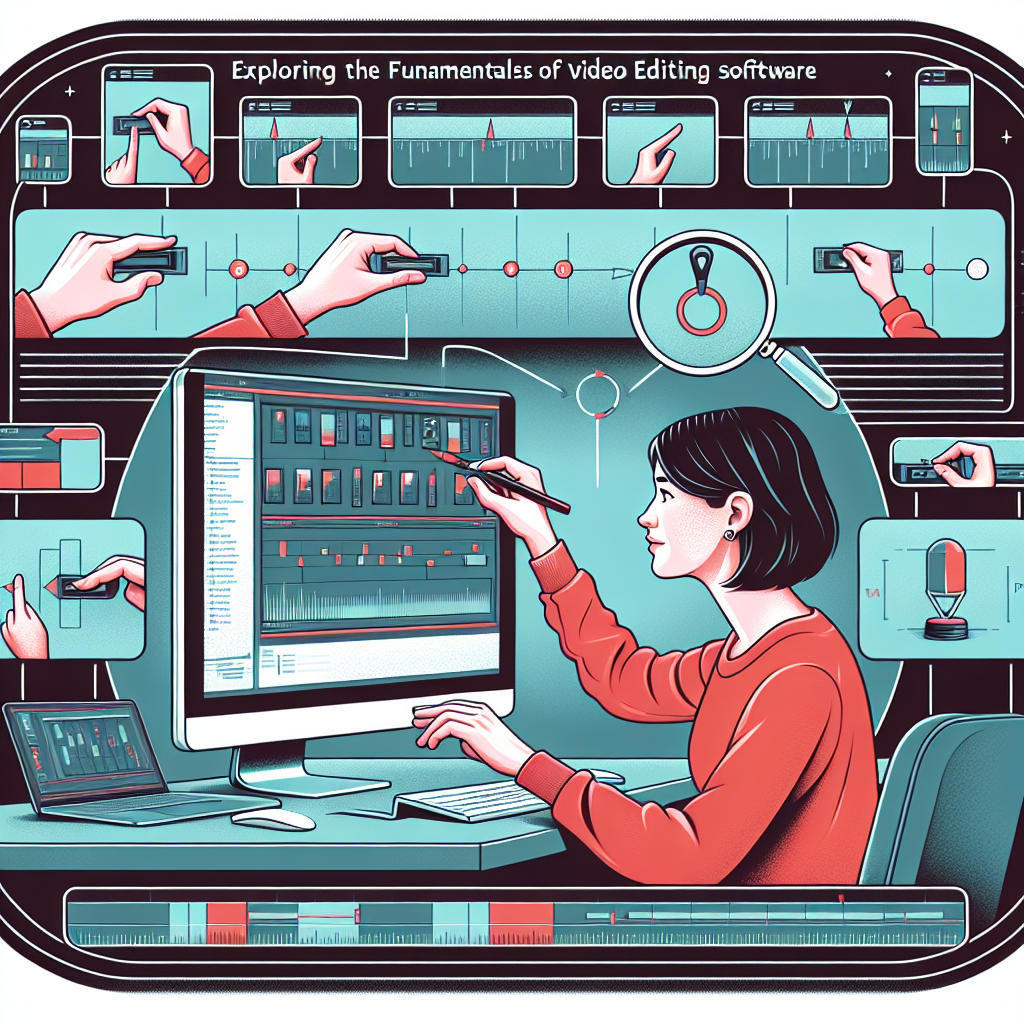In the promising field of digital arts, video editing is a fundamental discipline. Every video that you watch, either on television, a movie theater, or on your smartphone, has been edited at some point.
In the arena of video editing, one concept plays a prominent role – Keyframes. Keyframes are a ubiquitous term in film and video production and are invaluable tools for video editors. Barren of these, it would be near impossible to create the stunning visuals seen in film and television today.
Understanding Keyframes
Derived from the oldest traditions of animation, the term keyframe refers to a location on a timeline which marks the beginning or end of a transition. It usually encapsulates a scene or a set of scenes. They serve as guideposts, giving direction to the flow of the animation or video.
In the digital realm, keyframes represent specific points in time where a change or an effect starts or ends. These can be used to change the properties of a layer or an effect inside a video clip over time.
Importance of Keyframes in Video Editing
Keyframes play a pivotal role in video editing workflows. They imbue the footage with movement and dynamism. Be it a subtle pan across a beautiful landscape, a zoom into a character’s face to capture their emotion, or a rapid montage of action sequences – all of these involve the strategic use of keyframes.
How to use Keyframes?
Most video editing software like Adobe Premiere Pro, Final Cut Pro, and Avid Media Composer, etc. provide an intuitive interface to work with keyframes. Whenever you want a particular change (transition, effect, or transformation) to uccur in your video, you simply have to place a keyframe at that point on the timeline, adjust the parameters as desired (for instance, increase the opacity, shift the direction of light in a 3D effect, or change the volume of the audio), and let the software automatically animate the property between keyframes.
Advanced Applications of Keyframes
Keyframes aren’t just about basic fades or dissolves. Once you become adept in handling them, the sky’s the limit for what you can achieve. Sophisticated effects like motion tracking, 3D animations, color grading, time remapping, and many more processes significantly rely on keyframes.
Among the advanced software capable of exploiting the full potential of keyframes, Adobe After Effects deserves special mention. It offers a variety of ways to shape the interpolation (the process of filling in values between keyframes) with easy-to-use graphical interfaces. This way, it imparts a high degree of control over the pacing of the changes thus creating a more polished final product.
Conclusion
As we’ve explored, keyframes form the cornerstone of any kind of dynamic visual media. Whether you’re creating a simple yet impactful corporate presentation or the latest Hollywood blockbuster, the understanding and application of keyframes is essential. So get familiar with them, and jumpstart your journey in creating more impactful and stunning videos.
Frequently Asked Questions
-
What is a keyframe in video editing?
A keyframe in video editing signifies a point in the timeline where a change (an effect) begins or ends. By manipulating these keyframes, editors can create smooth transitions and animations within the video.
-
How are keyframes used in video editing software?
Keyframes are used to adjust properties like position, scale, opacity, and other effects of a video clip over time. They are placed on the timeline at specific points where these changes need to occur.
-
What kind of effects can be created using keyframes?
Keyframes can be used to create numerous effects including fades, dissolves, zooms, pans, color grading, 3D animations, motion tracking, time remapping, and more.
-
What is interpolation in the context of keyframes?
Interpolation is the process of filling in the values between two keyframes. Based on the parameters set at the keyframes, the software will automatically create a smooth transition incorporating those changes between the keyframes.
-
Is it necessary to learn keyframes for video editing?
Absolutely! To create dynamic and engaging videos, understanding and applying keyframes is crucial. They enable you to manipulate the video properties over time, thus scripting the visual narrative.

